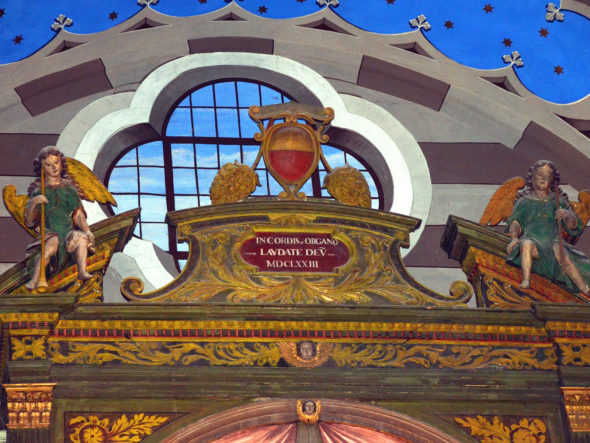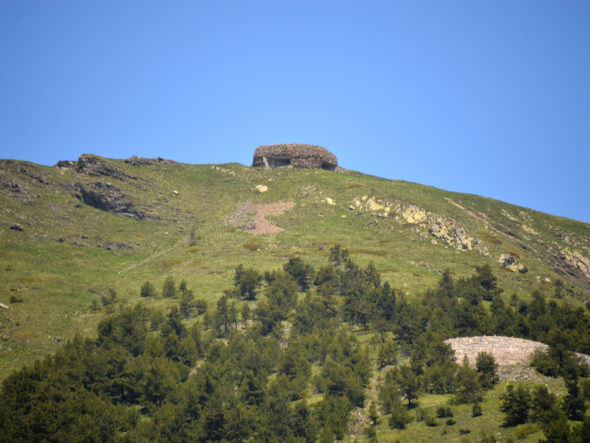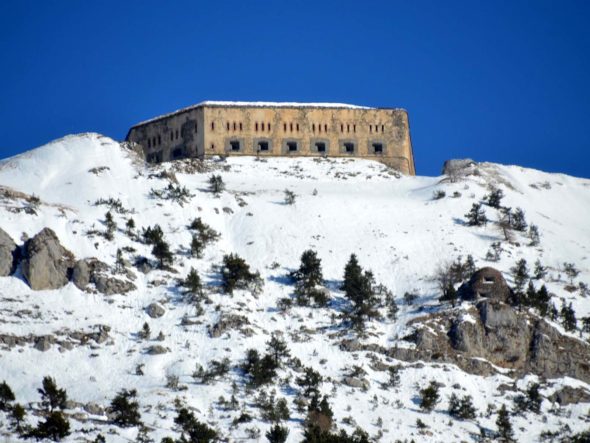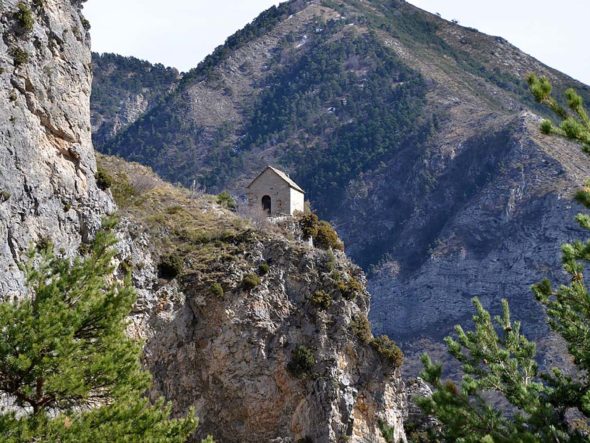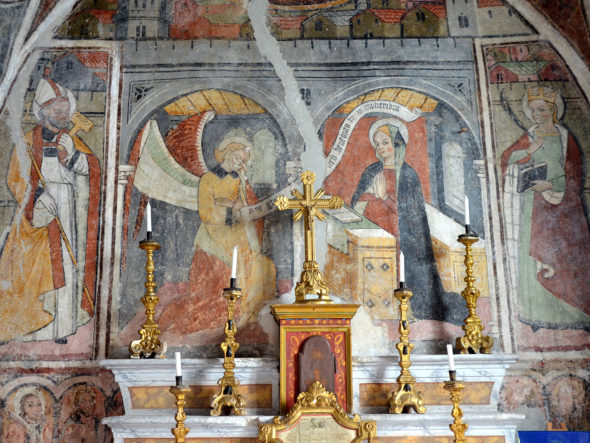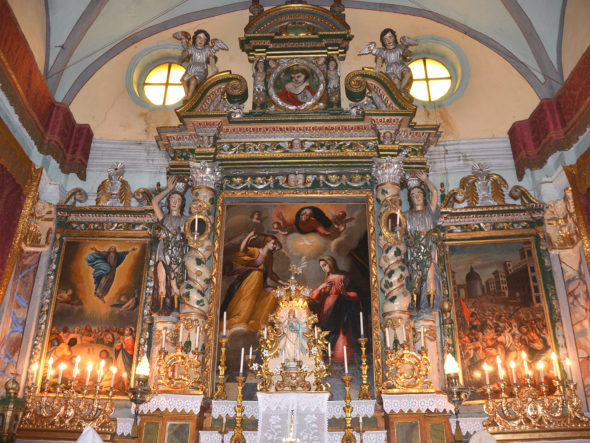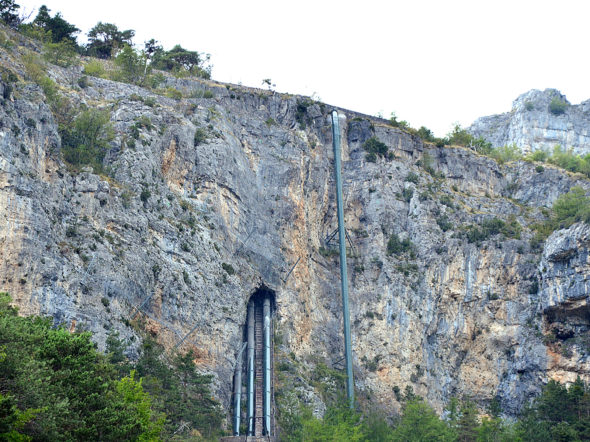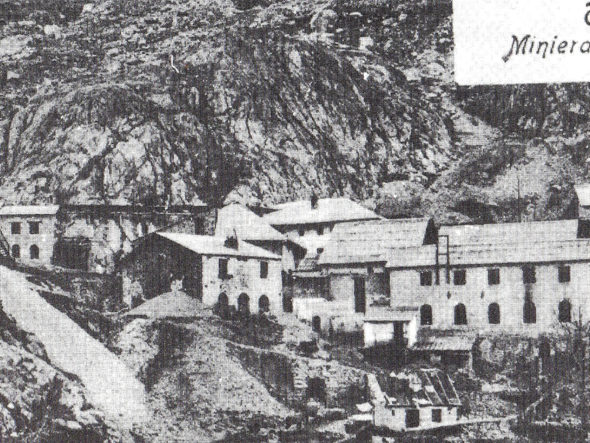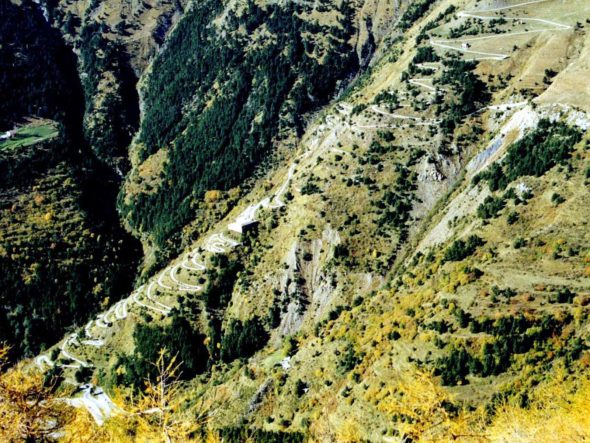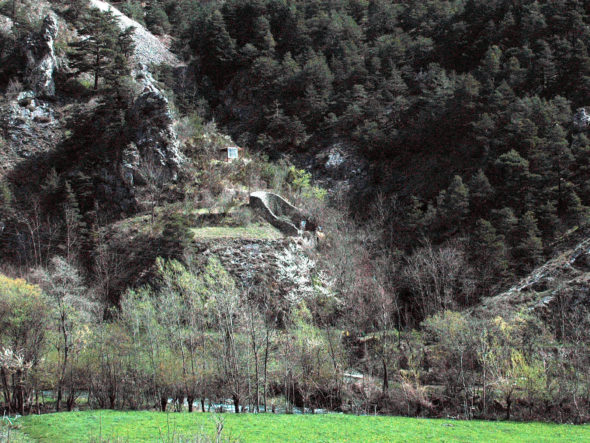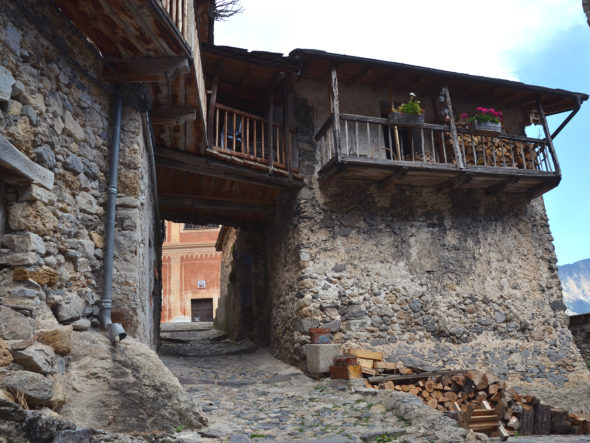The County of Tende was born of the dismemberment of the county of Ventimiglia from the tenth century. In 1261, the marriage of Guillaume-Pierre, count of Ventimiglia-Tende, with Eudossia Lascaris, sister of the Byzantine emperor Giovanni Lascaris, marked the birth of the Ventimiglia’s Lascaris dynasty. The Lascaris Counts developed and gained their autonomy thanks to the control of the Col de Tende and the collection of taxes and rights of way.
In 1575, Tende passed under the domination of the House of Savoy until 1946, with the only exception of the years of the French Revolution and the Napoleonic period. In 1692, the Ventimiglia-Lascaris castle was mined and exploded by order of the French marshal Nicolas de Catinat. It now houses the cemetery. The referendum of October 12th 1947 establishes the passage of Tende and the high valley of Roya to France.
Typical lauze roofs (local stone), wooden balconies, carved and decorated with green stone or slate, as well as narrow streets, stairs and porches, characterize the medieval village of Tende. From the seventeenth century, with the opening of the Royal Road, whose route coincides with that of the current National Road, the village even extended outside the medieval walls. This is a real bypass, along which many buildings were built. They currently hosts the City Hall, the railway station, the tourist office and the Museum of Wonders.
The ideal tour route starts from the town hall square, where you can see the chapel of Saint-Sauveur, built on a rocky spur overlooking the village. From there, take the rue de France to see the Maison Chionea, the gate of Italy and Notre-Dame de l’Assomption. This cathedral was begun by Giovanni Antonio Lascaris towards the end of the 15th century on the ruins of a pre-existing church. Continue towards the Place du Traou, the Place du Pont and Place Balarello. The route is rich in scenic views. From there we can admire chapels and remarkable panoramas. Not to be missed: the Museum of Wonders and, for those who do not fear a passage on a “via ferrata” (adventurous rock facing route), the visit of the chapel Saint-Sauveur.
The main hamlets of Tende are Vievola (last agglomeration before the col), Granile with its particular roofs, iridescent lauzes, San Dalmazzo and Castérino. They are the starting point for many excursions to discover the engravings of Mount Bego and the headquarters of a Nordic skiing center. Among the traditional festivals of the chief town, let’s mention Saint-Eloi day, the saint patron of mules and muleteers (second Sunday of July), and the feast of the Saint-Roch, the big peasant party of mid-August.

